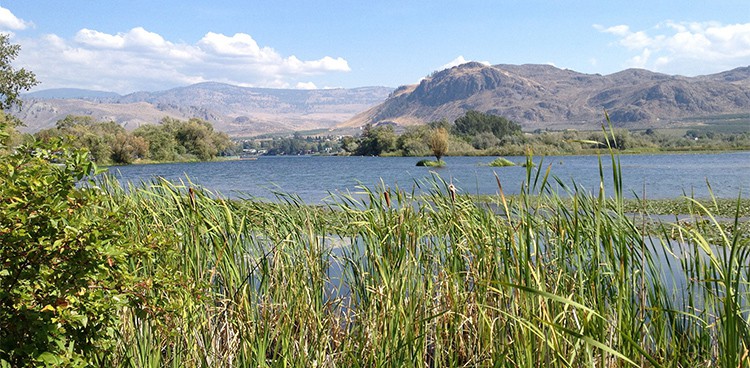
In a country with a strong diversity of delicious curds, labeling those brightly colored processed squares the all-encompassing “American” has always felt off-putting. So in my blog series, Pure Unprocessed American, I aim to detail what makes up the wide spread of real American cheeses, looking into the practical history of cheese in the States, reporting on official state cheeses and notable cheesemongers, and how different environments, from the Rockies to the Redwoods, affect the milk and the means for making cheese. Missed the last post on California chèvre? Click here!
Just a hop and a skip above California, the state of Washington sits on a throne of apple bushels: not only does it produce more apples than any other crop, it is the top producer of apples in the country period, making up about 72% of American apples. (Just take a look at our Cheese Plate feature from last autumn!) The Evergreen State’s wide variety of terrain and climate of the region changes depending on which side of the Cascade Mountains you’re on—either a regular temperate rainforest in the west or the semi-arid steppes of the east. In terms of dairy, milk is the second highest commodity in the state. The vast, dry farmlands in the northern most part of the state make it perfect for livestock such as goats and sheep, and it’s there in the north where Sally Jackson rose to become a quiet name in the country but a big figure in cheese culture.
In 1975, Sally Jackson moved to Oroville, Wash.—just five miles south of the Canadian border—with the desire to live off the land and make cheese with a small herd of goats and sheep. What made Sally’s cheeses so special was her dedication to the craft—she heavily relied on her own intuition over more technical measurements and methods, putting an emphasis on the minimal use of water and not even bothering with electricity. Jackson used a wood-burning stove to heat her milk, using her hands to decipher whether the curds were ready to be moved into ceramic molds, before wrapping each ball of cheese by hand in a grape or chestnut leaf.

Sally Jackson at work.
Photo Credit: A Better Whey
Jackson was an artisan ahead of her time. She was producing cheese in a natural, hands-on way before the movement spread across the country. While she was undoubtedly popular with local businesses and restaurants, she never got the huge widespread recognition Laura Chenel did several years after Jackson’s start. Within the cheese community, Jackson holds a lot of respect, and anyone who tasted her cheese swore by its tastiness.
Yet, sometime the ways of the past are not meant to meld with the present. In 2010, after a small handful of consumers fell ill, the FDA launched an investigation against Jackson and found her equipment was perfectly conditioned for the growth of E. coli. Although no E. coli was actually found, the use of raw unpasteurized milk was enough for Jackson, who had been making cheese the same way for over 30 years, to be shut down and recall all remaining cheese products. Although precaution should always be first when it comes to illness and food, it is truly a sad end to such a compelling figure in the cheese industry.
Feature Photo Credit: Marcin Chady | CC BY 2.0



